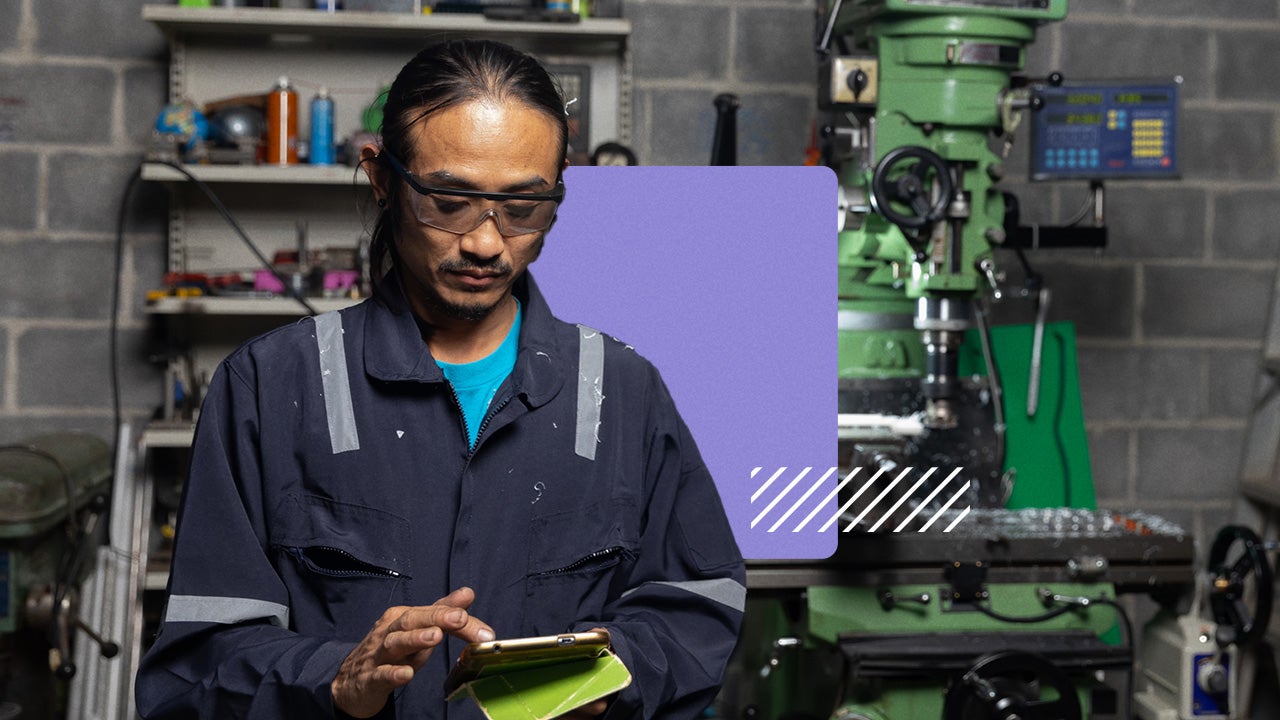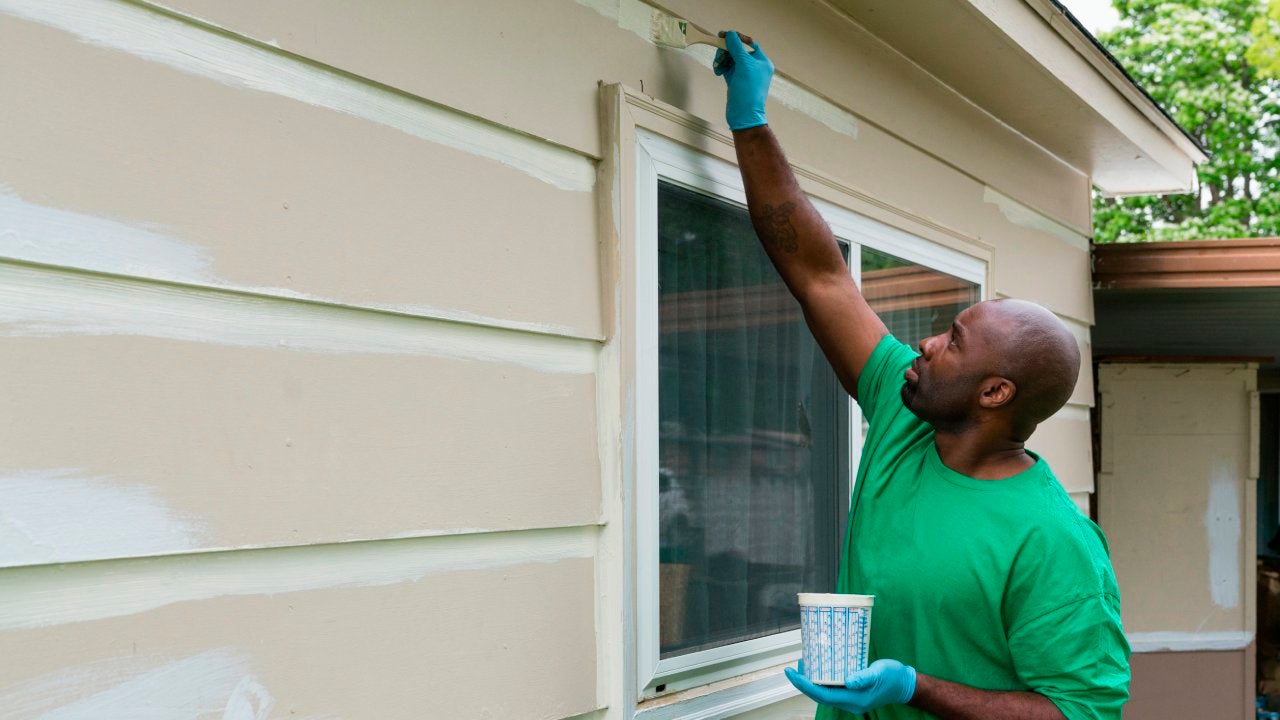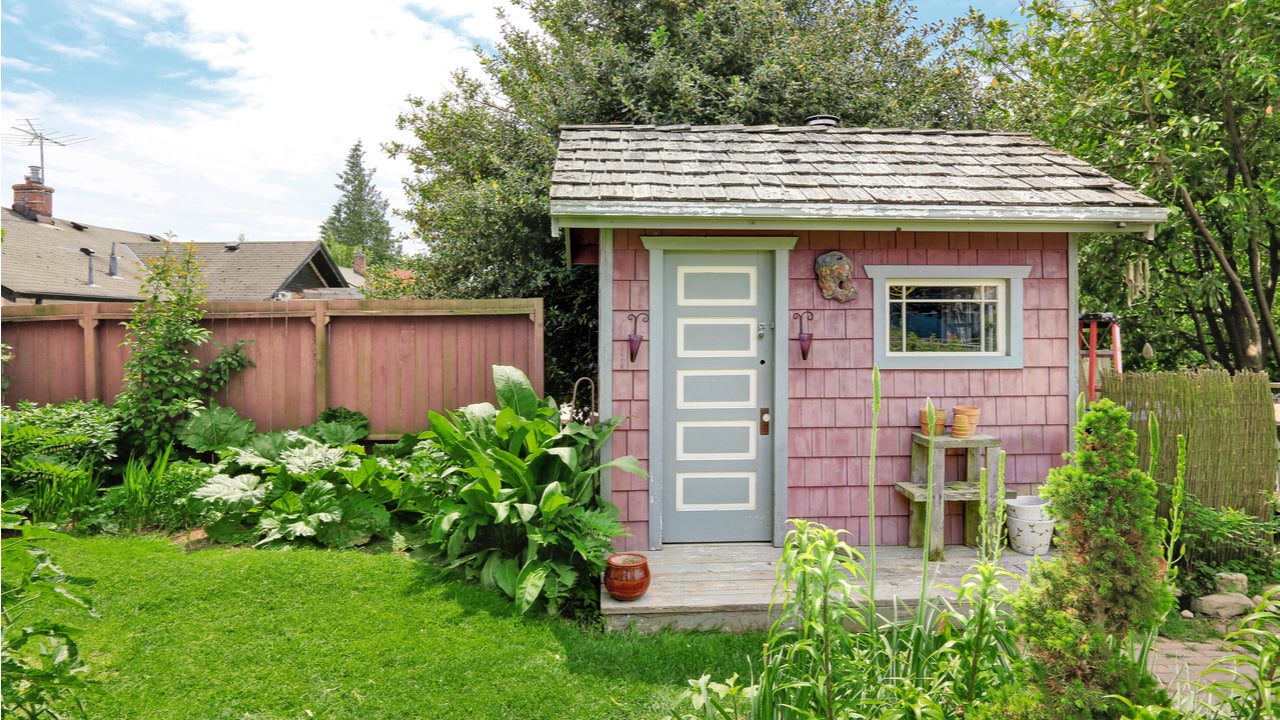Home improvement loans for seniors: Funding aging-in-place renovations

Key takeaways
- For those wanting to grow older in their own homes, HELOCs (home equity lines of credit), home improvement loans and home equity loans may be a good way to finance the necessary renovations.
- If you're moving in with a loved one, consider a personal loan or low-interest credit card to finance accessibility renovations and aids.
- FHA Loans, like Title 1 Property Improvement Loans and 203(k) loans, are often less expensive than other loans and have lower credit minimums.
Staying in your own home as you grow older offers many benefits. For most, it means a stronger sense of privacy, comfort and independence. It can also be cheaper than the costs of an assisted living facility. To safely age in place, you may need to make physical changes to your home. It’s best to begin planning these renovations early because the costs can be high.
How to finance home renovations for accessibility
There are a few additions we can incorporate into our homes to improve our quality of life as we age. Some can be as simple as installing sensor lighting around the house or replacing door knobs with lever handles. Others, like installing a walk-in tub, may require professional help and a higher cost.
Most people reach their peak earning years in their mid-40s through their mid-50s. If you’re in that sweet spot, your credit score may be the highest it’s ever been, and you also may have the most equity in your home. If that’s the case and you need help financing aging-in-place renovations, your two best options are home improvement loans and home equity loans.
Home improvement loans for seniors
Home improvement loans are personal loans taken out specifically for funding home renovations.
These loans are typically unsecured, meaning they require no collateral. Approval relies on your credit score, credit history and income. You won’t have to tap into your home’s equity or put your home at risk by using it as collateral. However, unsecured loans’ interest rates are generally higher than those of home equity products.
A few personal loan lenders offer secured loans. For example, Best Egg’s loans can be secured by your home fixtures. A secured loan may mean easier qualification or lower rates if your credit score is fair rather than good or excellent. But you risk losing your collateral if you default on the loan.
Home equity loans and HELOCs
Home equity loans and HELOCs turn your home’s available equity into cash, which you can then use toward renovations or whatever other expenses you’re dealing with. Since these loans are secured by your home, the interest rates are often lower than those of home improvement or personal loans.
Home improvement loans work best for short-term expenses and small amounts you know you can repay quickly because repayment periods are usually anywhere from one to 10 years. Home equity loans and HELOCs usually come with repayment periods of anywhere from five to 30 years.
If you are unsure if you will continue to live in your home past retirement, we recommend a home improvement loan.
Is a home improvement loan for senior citizens right for me?
Your circumstances determine which home improvement loan funding option will work best for you.
Factor-in prices for the renovations and get multiple quotes to make sure you are competitively pricing what you need. Talk to a financial professional to make sure you are also factoring in your savings, investments, and refinance options, among others, to find an efficient plan that meets your needs.— Steve Oniya | President and Chartered Financial Consultant, OM Investments
I’m still employed and haven’t retired yet
- Best for you: Home improvement loan or home equity loan or HELOC.
Bankrate’s 2023 Retirement Savings Survey found 56 percent of of Americans in the workforce think they’re behind where they should be with their retirement savings.
If you’re still employed but considering aging in place, now’s the time to start planning. If you own a home, you’ll want to start making the property more accessible as soon as possible.
Ideally, you can spread your renovations out over time to reduce the costs and hassle. But depending on your age and retirement timeline, you might need to do several renovations at once to ensure that your property is ready.
Renovating your home for old age doesn’t have to mean a cold and clinical design. In fact, it’s usually better to integrate aging in place into other home improvement projects than do them on a one-off basis.
I’m retired and on a fixed income
- Best for you: Home equity loan or HELOC, government assistance or reverse mortgage.
If you’re like many retirees, Social Security might be your only source of steady income. Though this could make it difficult to fund your necessary accessibility improvements, finding funding is not impossible.
Your best option may be to utilize the equity you’ve built up in your property or consider a reverse mortgage, also called a home equity conversion mortgage. A reverse mortgage is a type of loan that gives you money from your home equity in either a lump sum or regular monthly payments. Repayment is due when the borrower passes away, sells the home or permanently moves out.
If you choose to tap into your home’s equity, make sure that you plan to remain in your home for at least another decade.
You may also consider an FHA-backed improvement loan, like a Title 1 Property Improvement Loans or a 203(k) loan. Because each loan is insured by the federal government, you’ll likely get a lower rate than you would on other improvement loans or personal loans.
Another option is to apply for a government or state grant. Some agencies, such as the U.S. Department of Housing and Urban Development, offer home improvement grants for seniors.
To be eligible for these, you’ll need to meet certain income and age requirements. This makes them a bit more restrictive than other sources of financing. That said, it’s still worth a shot, as this is money that doesn’t have to be repaid.
I’m moving in with a family member
- Best for you: Proceeds from your home sale, personal loan or low-interest credit card.
- Best for your loved one: Home equity loan or HELOC.
Moving in with a family member or loved one may mean that you have fewer options for customizing your living space. To start, talk with your loved one about potential renovations to make the property safer and more accessible.
Naturally, you’ll want to help your loved one pay for these renovations or cover them in full. If you’re selling your home before move-in, the sale proceeds can go toward renovation costs. If you’re not selling a property, you may consider a personal loan or a low-interest credit card to cover the costs.
If an aging loved one is moving into your existing home, carefully consider the space in which they’ll live. If you don’t have a dedicated room they can stay in, then you might consider adding a mother-in-law suite or accessory dwelling unit on the property.
If you do have an available room, make an effort to improve its accessibility before your loved one moves in. The small changes above are a great place to start, as are updates to the bathroom they’ll be using.
A home equity loan can help you cover the costs of these improvements, as well as any your loved one may require later as they age. You may also consider a home equity line of credit, depending on your financial situation.
How to qualify for a home improvement loan as a senior
The first step is to research and find out what programs are available in your area. Often, these types of programs are offered by the state or local government, while others are offered by federal agencies, such as the USDA. Start by contacting your state’s Department of Housing and Urban Development to find out what’s available. Requirements vary by program.
Private lenders also offer home improvement loans, though they aren’t designed specifically for seniors. For most, you will need:
- A credit score in the 600s or higher.
- A steady source of income.
- A debt-to-income ratio under 36 percent.
If you want to qualify for a home equity loan or HELOC, you’ll commonly find these requirements:
- At least 20 percent equity in your home.
- A credit score of 620 or higher.
- A debt-to-income ratio of 43 percent or less.
- A steady source of income.
No matter which type of loan you choose, it’s a good idea to shop around and find a program offering terms that make the most sense for you and your financial picture and needs.
Frequently asked questions
-
Even though you may still be employed, if you’re contemplating aging in place and are reaching retirement, it’s a good idea to start planning. If you’re a homeowner it can be easier on your budget to spread needed renovations over time.
-
Aging in place can be far less expensive than an assisted living facility or nursing home. This is especially true if you’ve owned your home for a long time and the mortgage is paid off or your monthly mortgage payments are very low. According to HUD’s Office of Policy Development and Research, about 21 percent of individuals aged 65 to 74 and 18 percent of those aged 74 to 84 own their homes outright, meaning they no longer have monthly mortgage bills to pay. Meanwhile, nursing home costs have been steadily rising, making aging in place even more economical.
-
By far, the most common aging-in-place project is installing grab bars, according to a 2023 report from the National Association of Home Builders (NAHB). The average cost of this type of project is $340, though some installations may cost as little as $80 or as much as $400 or more, according to HomeAdvisor. Other popular renovations include curbless showers, higher toilets and wider doorways.
You may also like


Which home improvements add the most value?




